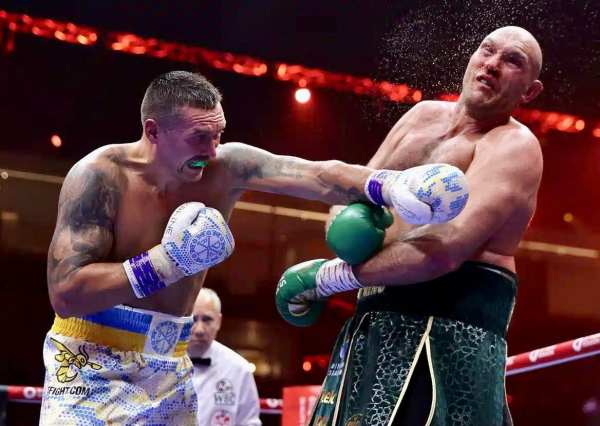
/cdn.vox-cdn.com/uploads/chorus_image/image/54980333/usa_today_9691933.0.jpg)
It was reported that the Texas Department of Licensing and Regulation (TDLR) have suspended UFC Strawweight Cortney Casey for “failing” an in-competition drug test during her May 13th win over Jessica Aguilar.
As a result, TDLR has suspended Casey for 90 days and fined her $5,000. There’s only one problem with this – the test Texas performed wouldn’t be considered proof of doping under a competent drug testing regime.
Texas sanctioned Casey based on an elevated testosterone to epitestosterone (T:E) ratio. She apparently gave a sample with a T:E ratio of 5.4:1, where the cutoff for a fail in Texas is apparently 4:1.
This test is also used by USADA and WADA. It’s a cheap, easy to perform urine test that can indicate potential doping. It does this because many steroids will increase the amount of circulating testosterone, without having a similar effect on epitestosterone. This means an elevated T:E ratio can be an indicator of performance enhancing drug use.
T:E ratio can also simply be an indicator that epitestosterone is low and testosterone is normal.
T:E ratio be affected by many, many other things, especially in women. Because the absolute amounts of testosterone and epitestosterone are much lower in women, changes which would be relatively small in a man can be magnified in a woman. Here is a small list of potentially confounding factors:
- The amount of circulating testosterone fluctuates throughout the day, in a diurnal rhythm. Epitestosterone does not necessarily follow the same rhythm.
- Some studies have shown the menstrual cycle can cause peaks in T:E ratio.
- Oral contraceptives can decrease epitestosterone production, and as a result cause an increased T:E ratio.
- Alcohol ingestion can cause an increase in T:E ratio
Now, is it possible that Cortney Casey has been taking steroids? Yes, just as it’s possible any other athlete could be taking steroids, but the test Texas performed doesn’t come close to proving this. While an “average” T:E ratio is around 1:1, ratios significantly different to this can be found naturally for a wide variety of reasons, as mentioned.
Under WADA and USADA rules, Casey’s 5.4:1 ratio would be recorded as an “atypical” finding, and investigated further. Usually the sample would be subjected to isotope-ratio mass spectrometry (IRMS), specifically examining the isotopes of Carbon 12 and 13 (also known as carbon isotope ratio or CIR testing) in most cases.
The IRMS testing differentiates between testosterone produced naturally (endogenous testosterone) and testosterone caused by an external source, such as a steroid being taken (exogenous testosterone). If the further testing didn’t find any evidence of PED use, the athlete would not be punished.
The TDLR apparently hasn’t conducted any further testing, and has seemingly decided the elevated T:E ratio is enough proof of doping to punish an athlete. It is not, and it does athletes very real harm to act like it is.





More News
UFC269: Venezuelan Julianna Peña Submits Brazilian Amanda Nunes, Becomes the new UFC World Champion
Oliveira, Poitier Make Weight for UFC World Title
Hot UFC269: this Saturday Oliveira vs Poirier Ready for War in Las Vegas